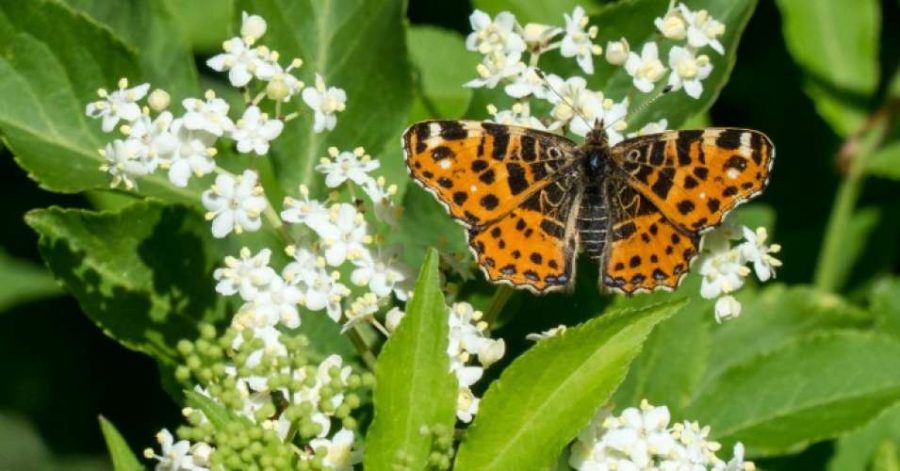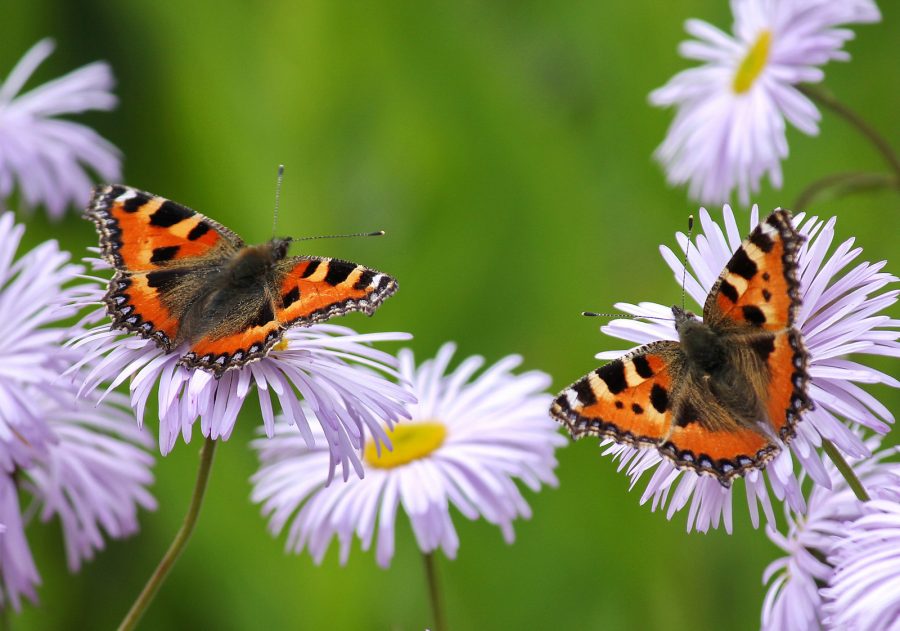German scientists have informed that their country has suffered an “alarming” decline in the number of flying insects, which could lead to severe consequences in the food chain and ecosystems.
The study, published Wednesday in the journal PLOS ONE, suggests that the declining number in flying insect’s population, just in Germany alone, was higher than the global drop, an estimated 58 percent between 1970 and 2012.
For a long time, researchers thought flying insects had been appearing less than before, but they never imagined how serious these results could be.

For 27 years, researchers used insect traps placed in nature areas where many species commonly live. They concluded that the number of flying insects, compared to the beginning, has decreased a 76 percent. Even worse, the midsummer loss was up to 82 percent.
These creatures are remarkable subjects of study due to what they represent to humanity. The number of insects further exceed humans’, they’re a form of life extremely successful. In fact, according to the Entomological Society of America, there are around 1.6 billion insects more than humans, making them a model for survival on Earth.
Of course, this represents a threat for us in many ways. Although most people don’t really like insects, they are more important than they know. Then don’t only pollinate crops and serve as a food source for countless animals — like birds, mammals, and amphibians -, but also help scientists provided valuable genetic information related to life-saving research.
Many native tribes also consider insects quite important. Some of them have diets based mostly on insects, but others steem too much these animals to eat them because of their form, abilities, and colors.
Pesticides are to blame
Scientists don’t think that neither landscape nor climate change was the cause of this decline. They considered that speculate intensive agriculture and pesticide have more of the fault than any other thing.
“We were highly surprised by the extent of the decline of over 75 percent, which took place in just 27 years,” University’s Institute for Water and Wetland Research and lead author, Caspar Hallmann of Radboud, told The Seeker. “And what’s more, this decline happened in nature reserves that are meant to preserve biodiversity and ecosystem functioning. This is alarming.”
To prove that their suspicions on the flying insect decline were correct, Hallmann and his team placed Malaise traps within 63 different nature protection areas in Germany to measure the total flying insect biomass.
These large, tent-like Malaise have been used by scientists since 1930. When the insect flies into the “tent,” it directs it to a collecting vessel at the highest part of the structure. This way, many flying insects can be grouped in just one trap.
Hallman said that anything found within the Malaise trap was easy to analyze due to the number of insects collected in it.
“However,” he continued, “when you get an over 75 percent decline in total insect biomass, you know this is not due to a few or vulnerable species. This must be a decline in the entire spectrum of flying insects, from primary consumers like leaf-chewing bugs, all the way to parasitoid wasps and large bumble bees.”
Hallmann chose to study flying insects because this population represents the 90 percent of the 33,000 total insects within Germany. Of course, he can’t define what situation non-flying insects are facing. He hopes it’s better, but he doesn’t doubt that it could be the same for them.
Germany might not be the only country facing a decline
A decline in the population of flying insects in Germany could also represent a threat to neighbor countries, but Hallmann believes it could be even worse. He thinks that neighbooring zones could also face a similar situation because flying insect species travel long distances, going across country borders and oceans.

The dataset recollected through all these years is one of the biggest ever, according to the lead researcher. To minimize the impact on flying insect communities, the team did not investigate each location annually.
“We can only assess the overall decline over the study period, and are not able to look into the temporal variability in the rate of decline,” Hallmann said. The protected areas in which this study was undertaken are relatively small and surrounded by agriculture.”
Within Germany, scientists also saw a decline in plant species richness near to the zones where they put the tramps. However, these results can’t be yet attributed to the flying insects disappearing.
Additionally, which could be more related, scientists also saw that the number of insect-eating birds has also dramatically decreased throughout Western Europe in these last years.
The scientists are currently investigating sites in the Netherlands to determine better how pesticides are impacting insect populations, and how those losses are affecting insectivorous bird species.
Source: PLOS ONE
